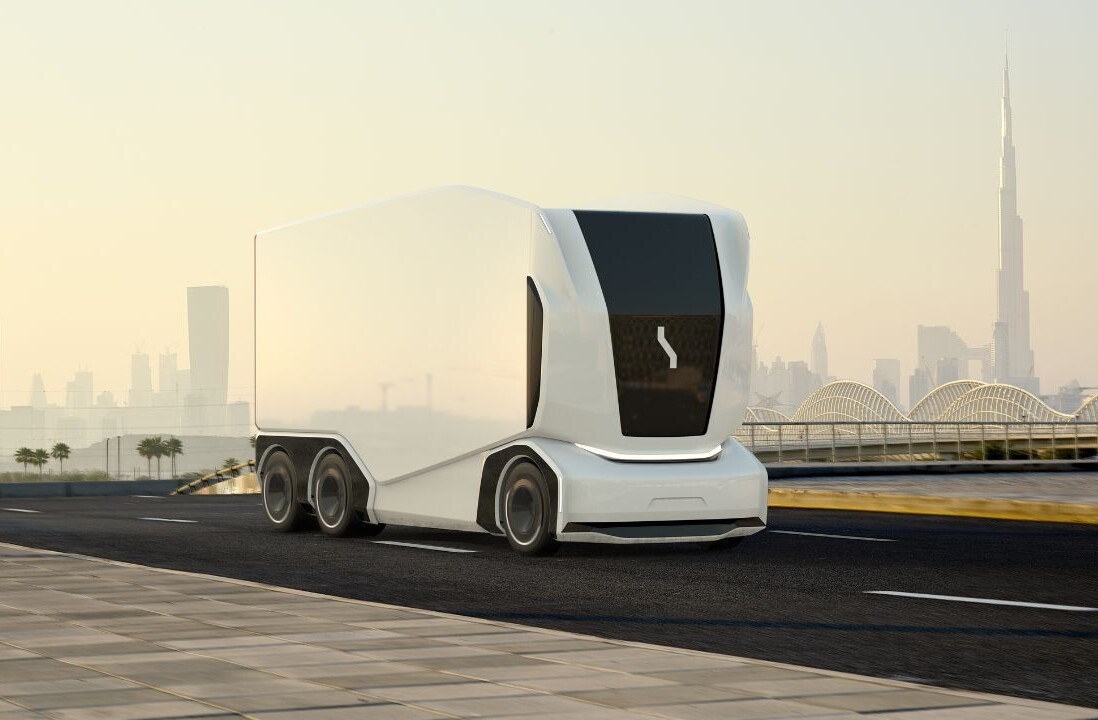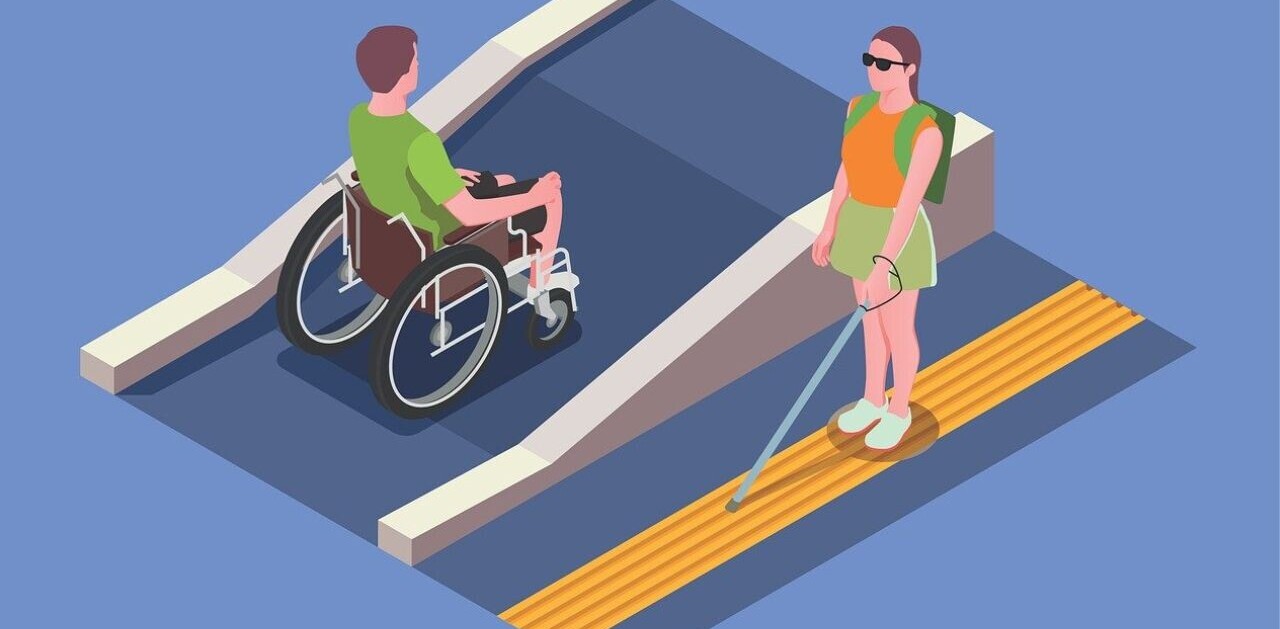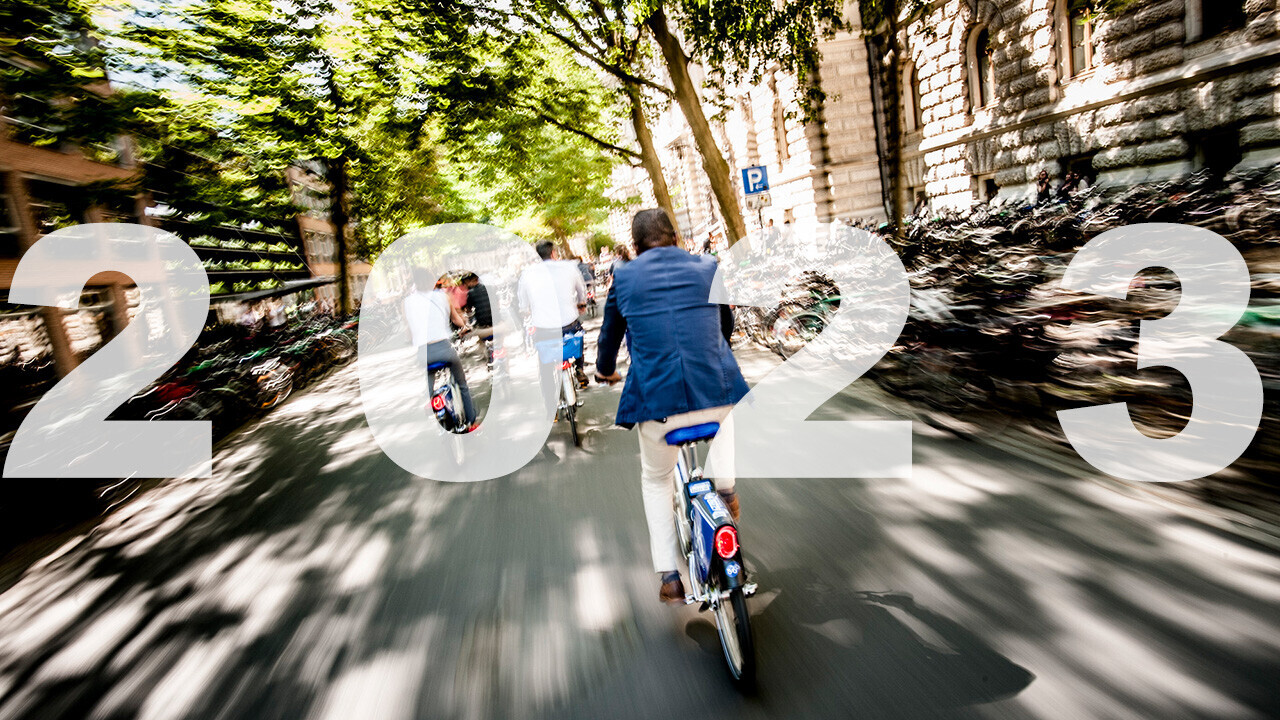
Few could have predicted the economic and geopolitical landscape that confronted the mobility sector in 2022. With the industry still reeling from materials shortages — particularly semiconductor chips — caused by COVID-19 lockdowns, the invasion of Ukraine has further tested the sector’s resiliency.
This has led to companies scrambling to wean themselves off Russian oil. The outcome of this has created a strong focus on renewable energy, including preservation, optimization of operational efficiency, and electrification, topics that’ll extend across all areas of mobility in 2023.
But there’s a lot more we can expect from the sector next year, and here are a few of those predictions.
Greater subsidized public transport
2022 saw countries like Spain and Germany subsidise public transport and these initiatives will extend into 2023.
France has banned short-haul domestic flights, reducing the cost of rail tickets along the way. We’ll likely see more countries investing in public transport to reduce citizens’ reliance on gas.
Solar electric vehicles (sEVs) will hit roads for the first time
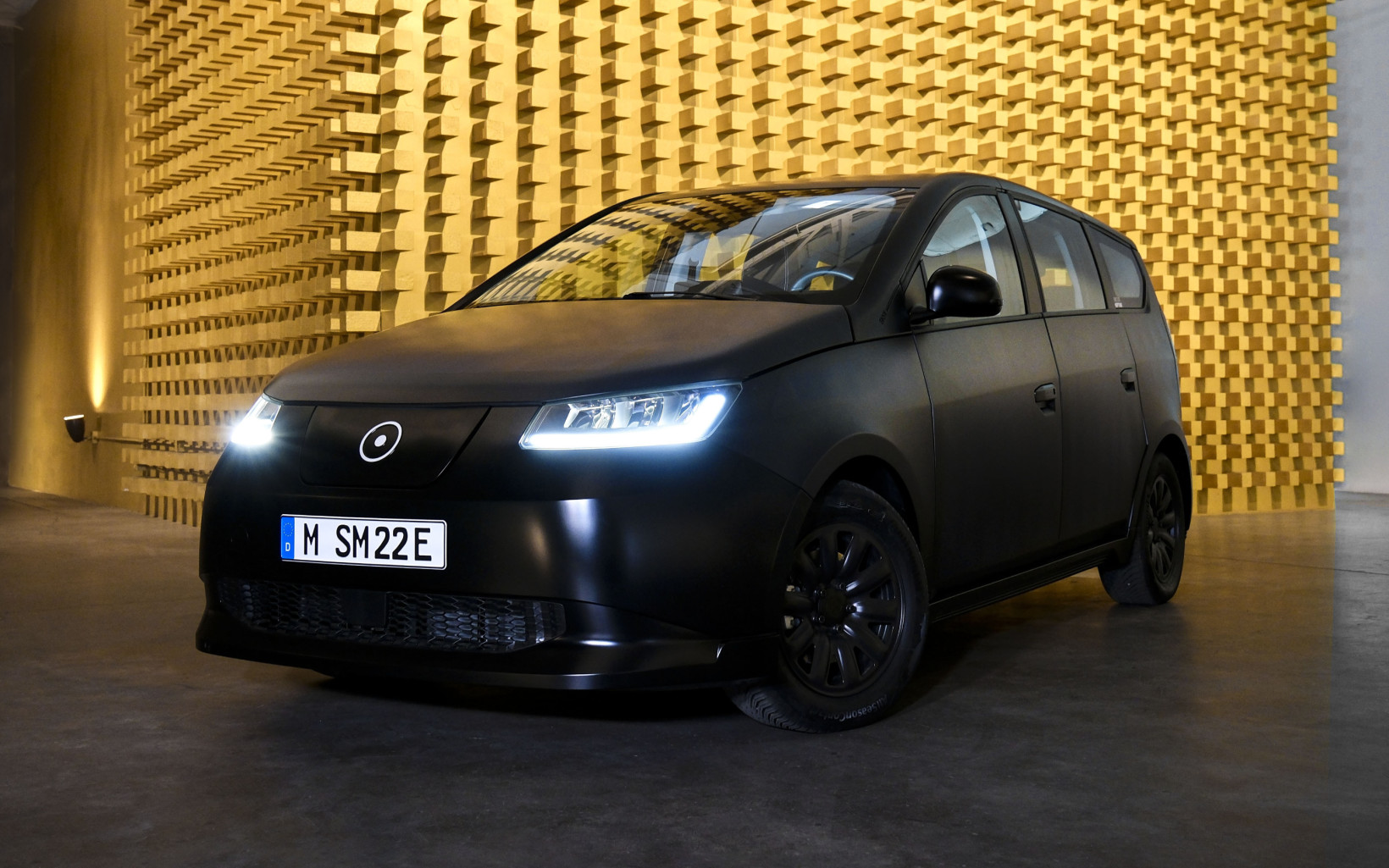
We can expect big things for solar EVs in 2023. Sono Motors’ €25,000 solar electric hatchback, Sion, is expected to go into production in the second half of year. According to CEO Laurin Hahn, the company will begin fulfilling pre-orders within the EU after that. Although, the company is going through some issues.
Lightyear’s €250,000 Model “0” solar electric vehicle — which is developed in the Netherlands — will probably hit the roads alongside the Squad Solar City. Over in California, Aptera may also release its two-seater solar electric vehicle.
According to Sono Motor’s CEO, Hahn, the availability of technologically-advanced, safe, energy-producing solar electric vehicles — as opposed to simple energy-consuming EVs — represents a great leap forward in the electric vehicle industry to date.
He added: “Each of these companies are pioneers in an emerging industry that is committed to delivering on the dream of truly zero-emission mobility, which has evaded us for too long.”
Bidirectional charging to have its moment

Currently, EV bidirectional charging is a nice-to-have feature, but, in 2023, it will become far more sought after.
EV owners will want to reduce home and office energy costs, and using their EV as an alternative power source could be just the ticket.
Bidirectional charging usually requires a hardware investment. But according to Hahn, Sion could be among the first European car makers to offer consumers the ability to charge other vehicles or put energy back into a public or private grid (e.g. home grid) — without any additional hardware.
Ebikes are at a point of inflexion
2022 has been a great year for ebikes, with the hardware even outselling cars in the US. In much of Europe, they are becoming the ubiquitous mode of transport for urban dwellers.
Tanguy Goretti — co-founder and CTO of Cowboy — predicts a wider adoption amongst families who will continue to ditch their second car as it becomes too expensive to run. Ebikes provide families with “a more affordable, practical transport option that the whole household can share.”
TNW has reviewed many great ebikes for their great design and utility, but there’s also a considerable amount of software innovation that Goretti expects to grow in 2023.
He believes ebikes will have their iPhone moment, explaining that in the last 10 years, two significant hardware moments occurred: electrification and connectivity. He continued: “This is precisely what happened with iPhone or Tesla; hardware differences became less relevant, and software became the main element, and soon the ebike industry will follow suit.”
Micromobility will expand, but will struggle with profitability
2022 has been another big year for micromobility, as operators focused on expanding fleets and entering new markets. But the challenge of profitability has loomed large, leading to the layoffs we’ve seen across the entire tech ecosystem. This year major operators of shared micromobility services like Voi, Bird, and Tier have all significantly downsized.

There’s also speculation that Paris may ban escooters in response to parking challenges and accidents, despite a boost in both ownership and ridership. The city’s contracts with Lime, Dott, and Tier are all up for renewal in February 2023, so expect to see the dangers of escooters dominating the French media.
Parking and sidewalk riding remain notable pain points, so expect to see more attention given to the technology that manages how escotoers are ridden and parked. Docking (and charging) solutions may become a critical part of city infrastructure in some public spaces to reduce clutter.
And then there’s Berlin. Beginning on Jan 1, bikes, escooters, scooters and motorcycles (rental or otherwise) can be parked in regular spaces free of charge. While I like the elevation of their status in the parking food chain, I’m just waiting for the hordes of angry car owners to drive over them.
There’s also good news in the UK with the Department for Transport extending trials of hire escooters until May 2024. This will be a litmus test as to whether vendors can improve rider behaviour and increase user numbers. That said, it’s unlikely we’ll see the ban lifted on private escooters, which are currently restricted to private land use.
The rise and rise of circular design
I predicted last year that circular design would be a key feature of 2022 — and this will continue.
As a reminder, circular design completely reimagines product creation, from the original blueprints to various lifecycle stages, and what happens to each element after it has fulfilled its original purpose.
Next year kicks off the expansion of global regulations for batteries and the origin of critical, but not infinite, materials like cobalt and lithium.
New EU Battery Regulations have created a series of mandatory incremental requirements. These force battery makers (and users like carmakers) to consider the battery lifecycle, from R&D to mining source materials, closing material recycling loops, and end-of-life battery management.
In practice, in 2023, we’ll see car and bike makers focused on closed-loop circularity where end-of-life parts are reused to make new designs. We can also expect an expansion of R&D in battery innovation from materials design to the development of reusable and repairable batteries.
Greater manufacturing of sustainable materials
In 2023, innovation will continue to grow in terms of the materials used to build our vehicles.
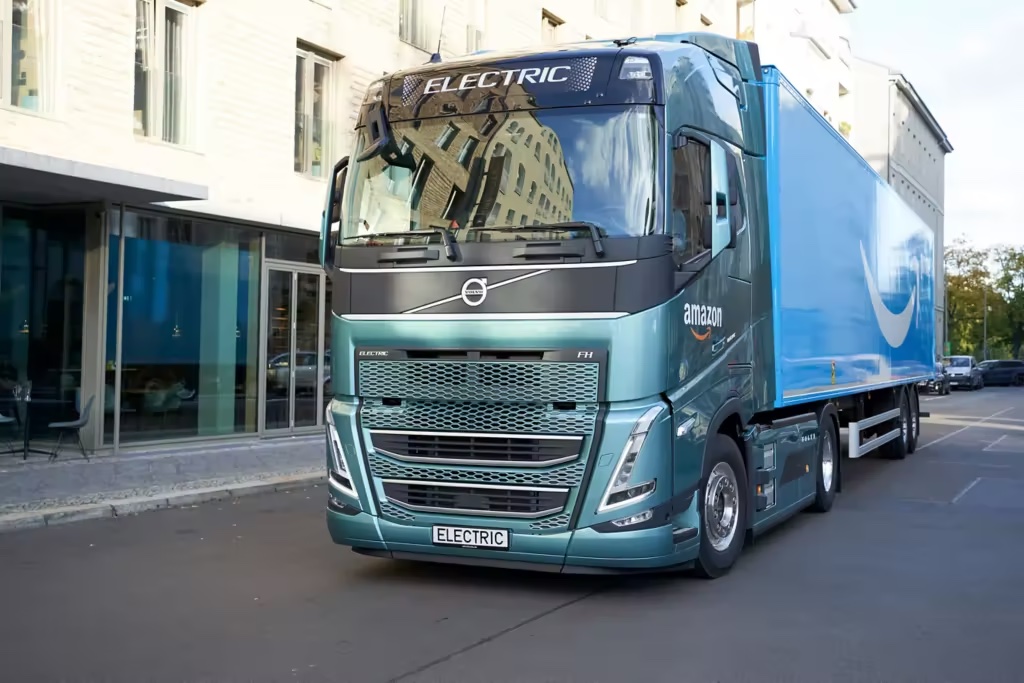
This year, Swedish Volvo became the world’s first truck manufacturer to begin using fossil-free steel in its electric trucks. The steel is made by using a completely new technology with green electricity and hydrogen. The result is a significantly lower climate impact and an important step towards a net-zero emissions value chain.
Materials innovation also expands to bikes. Cycling Industries Europe, the industry trade body, is set to go all in on materials traceability and innovation in 2023.
Additionally, startup Roetz is working on a modular bike called Life, something made up of swappable parts. Modules will be repaired or remanufactured, ready for the next lifecycle. Roetz’s modular ebike will be launched in 2023.
Also, German company igus and Dutch company MTRL have partnered to create igus:bike, and what makes it so special is the fact that it is made from 90% recycled plastic waste, including the frame, bearings, brake levers, pedals, and belt.
So there we have it, just a few predictions for 2023. We know that even with challenges, the mobility sector is forever improving and evolving product offerings and changing how we move people and products for the better.
Get the TNW newsletter
Get the most important tech news in your inbox each week.




